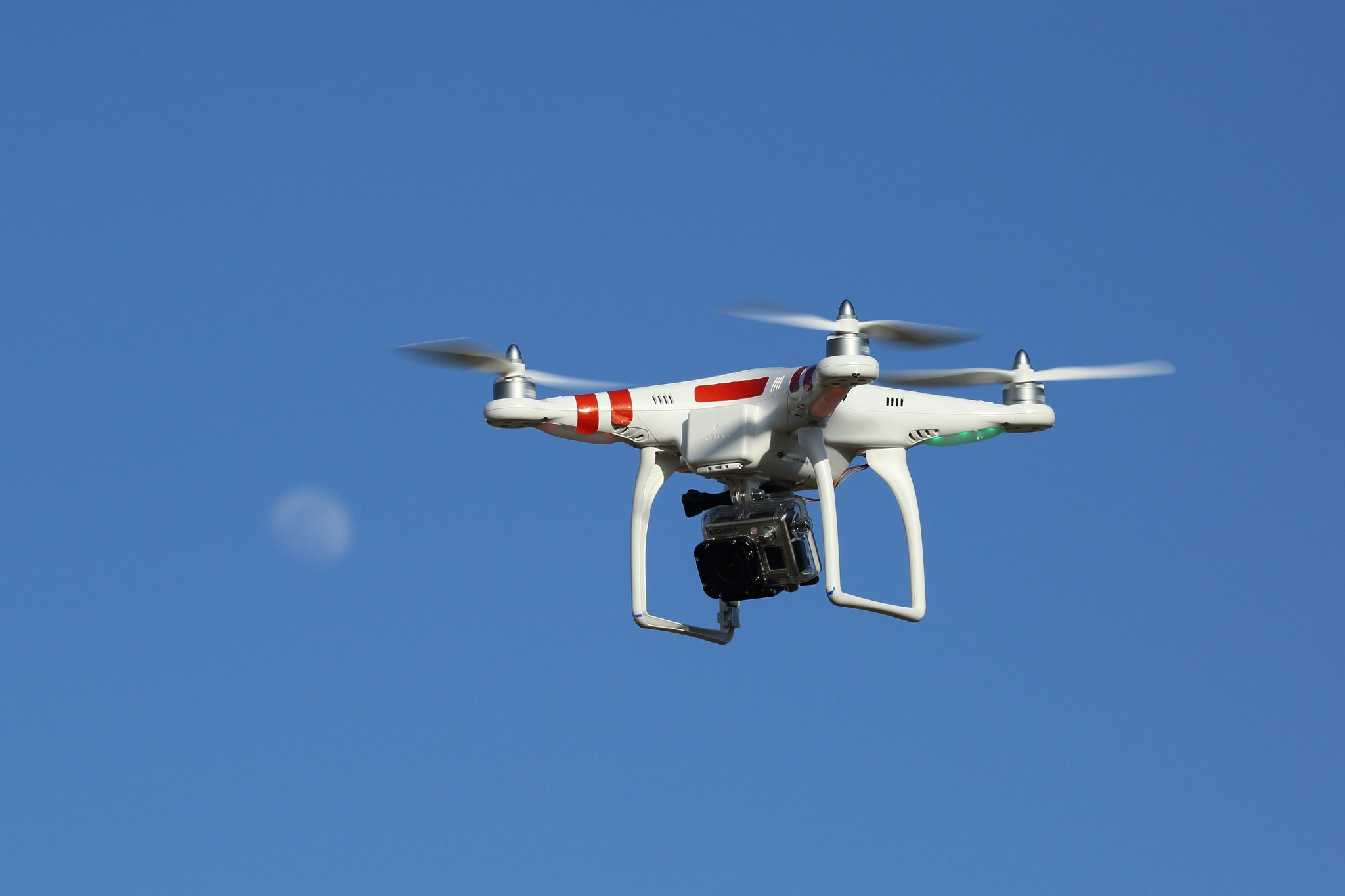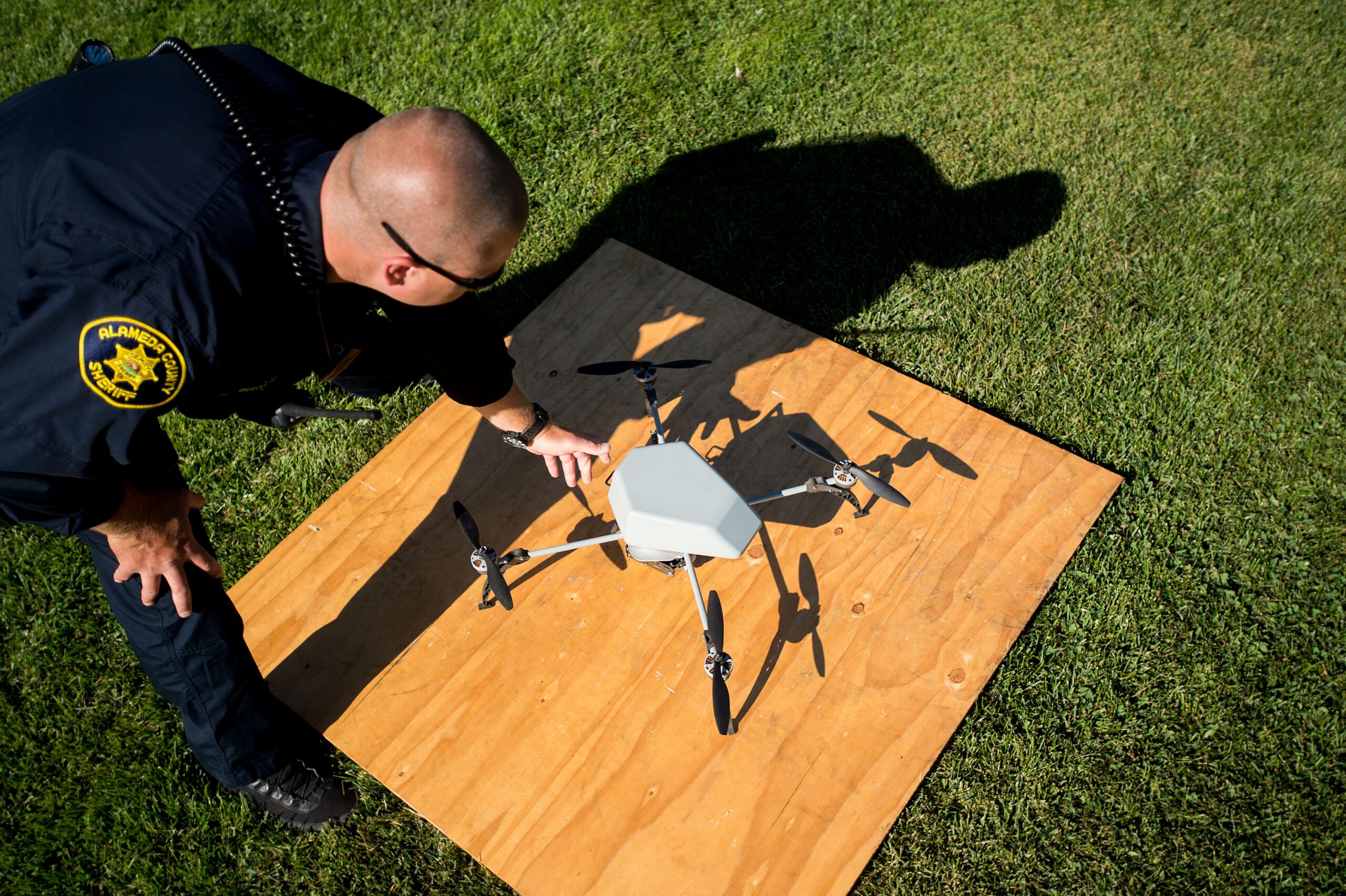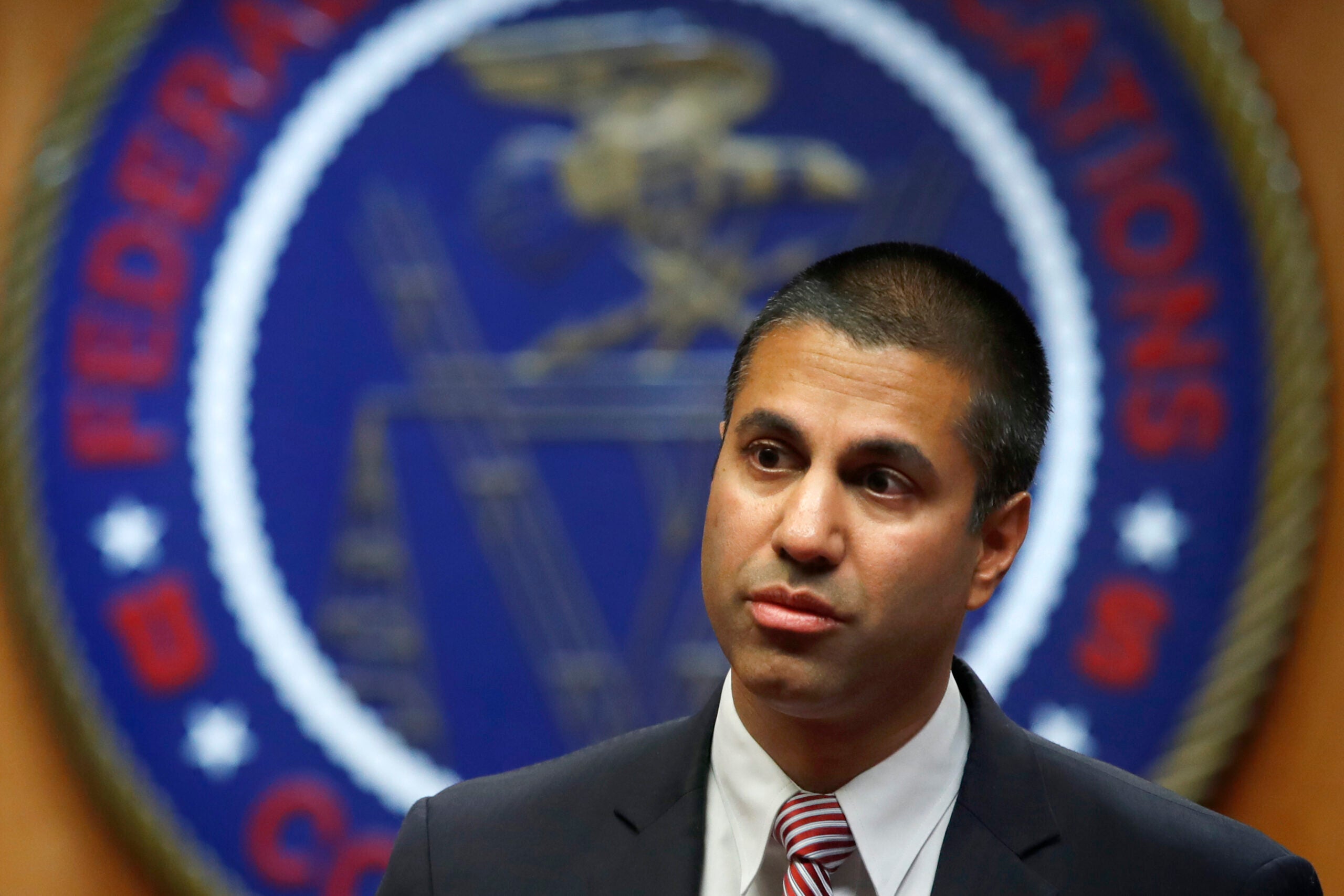Every day, nearly all of the 100 plus commercial airplanes landing or taking off at the Dane County Regional Airport do so without any problem. But not every flight is uneventful. Last year a drone got in the way of a plane. There weren’t any injuries or damage. But the close call sticks in the mind of airport director Brad Livingston. He recalled the incident during a recent forum of the Wisconsin Technology Council.
“And the airspace was penetrated to the point that we had a near miss with a small general aviation aircraft on final approach,” he said.
Other airports around Wisconsin have also reported drones in or near their airspace. A federal report of drone sightings around the country lists incidents last year in Waukesha, Milwaukee and Madison.
Stay informed on the latest news
Sign up for WPR’s email newsletter.
The Federal Aviation Administration is getting ready to roll out new rules streamlining the process for businesses and government agencies to start using drones. The FAA says the rules will make it safer and easier to use drones for things like gathering information and deploying disaster relief. But some aviation professionals such as Livingston worry more drone use will lead to more close calls, or worse.
“There are a number of communities in the state that are looking at local ordinances that would prohibit the operation of drones within 5 miles of the airport,” Livingston said.
It’s not just airports. A wayward drone also plopped down in a prison yard at Waupun, prompting state legislation. But Livingston said local laws regulating drones would likely be preempted by federal rules.
Those new federal rules, which take effect later this month, say a drone has to be within the operator’s eyesight and can’t go above 400 feet.
Beyond safety, which the FAA claims is its primary focus, members of the public are also expressing concerns about the privacy implications of more drones. In Wisconsin, a new group has formed to help address those concerns.
“We’ve got membership from several legal firms, the Department of Transportation, (Department of) Natural Resources, Department of Administration, law enforcement, fire,” said Chris Johnson, president of the Wisconsin Unmanned Systems Advisory Board. “We basically got public and private operators of drones throughout the state.”
Johnson said the group will serve as a sounding board for issues that crop up around the use of drones in the state.
“The FAA’s congressional charge is safety and its safety only,” Johnson said. “And they’re handling that issue very, very well. What our concern is about (is) all the local ordinances that are cropping up as a knee jerk reaction to privacy issues.”
The board’s existence coincides with new FAA rules. Johnson said those rules will make it easier for commercial drones to operate than in the past.
“The lead time was six months to a year — and thousands of dollars in legal fees — to actually get to operate commercially,” Johnson said. “Now, as long as you go through the training, you become a certified drone operator, you learn the rules and follow them it’s going to be a much lower barrier to entry for a lot of operators.”
And that’s why Johnson predicts the new rules will open up the floodgates. He and others see uses for the airborne technology in agriculture, construction, investigating insurance claims and inspecting the blades on huge wind turbines. Attorneys advising the group, such as Tom Gemmell, say the sky is the limit when it comes to applications.
“If you can think about it, it’s going to happen,” said Gemmell. “It’s either happening now or will be in the very short future.”
Gemmell co-leads the unmanned aircraft team for the law firm Husch Blackwell in Chicago. Speaking at a recent luncheon, he said drones are an important technology, but currently there are pitfalls.
“How do you operate in these cities near buildings without having privacy concerns? That’s a huge issue,” Gemmell said. “On the technical side, there’s obviously battery and endurance issues, things like that. But really, the biggest barrier to expanded use is the tether to human involvement.”
But advisory board president Johnson, said its only a matter of time that human involvement diminishes as drones use more sophisticated systems. He said drones can sense and avoid obstacles.
“These things have eyes. They have eyes and ears. And they are very artificially intelligent,” Johnson said.
What that means for flight safety and privacy is still up in the air.
Wisconsin Public Radio, © Copyright 2024, Board of Regents of the University of Wisconsin System and Wisconsin Educational Communications Board.




